The Philippine Ballet Theater (PBT) kicked off its 38th season with the world premiere of a full-length ballet, “Sarimanok.” The mythical Maranao bird, not just a symbol of good fortune, becomes PBT’s embodiment of rising above adversity.
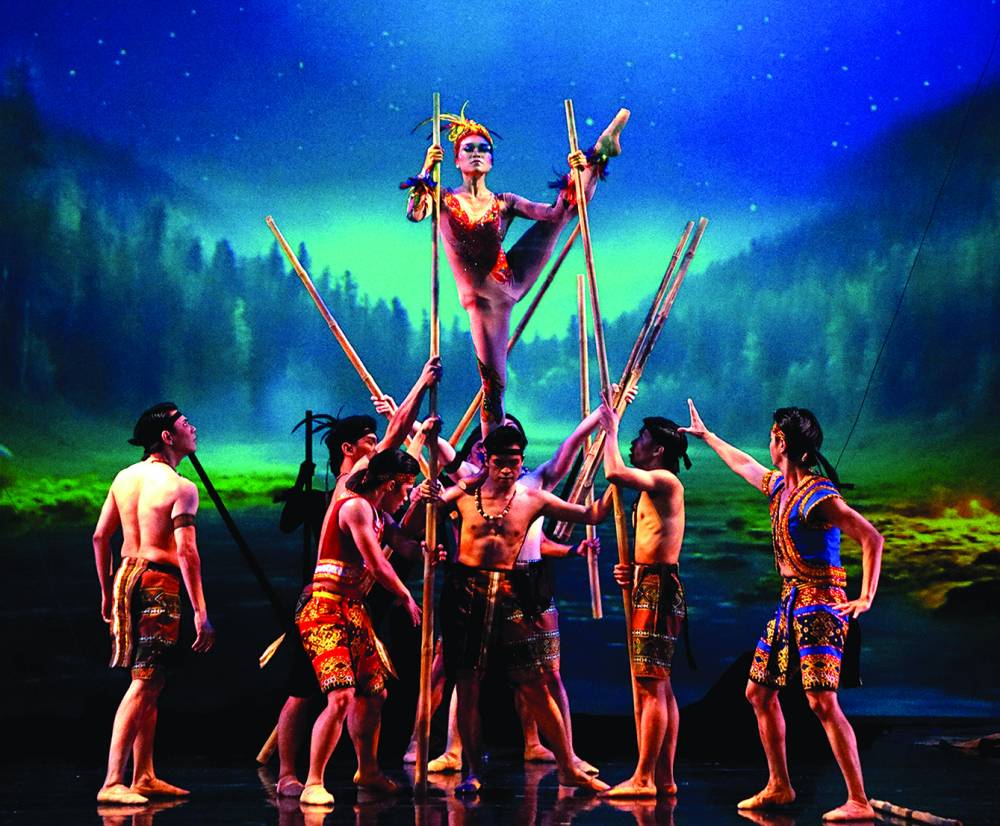
Despite maintaining its residency at the Cultural Center of the Philippines (CCP) and facing financial challenges common to many arts organizations, PBT remained resilient. The company persevered through pandemic disruptions, even overcoming disparagement as a “second-rate” company with subpar skills.
But PBT’s response was defiant. “Cynics be damned,” they say through their art. “We dance for the love of it, and our talent has garnered international invitations.”
Lost in the focus on perceived shortcomings were PBT’s strengths. The company has nurtured some of the nation’s finest dancers. One alumna famously put up a formidable dance company. Another alumnus is a hotshot arts administrator. Two alumni became the country’s only international dance examiners, while others pursued careers abroad, founded their own reputable dance schools, and appeared in commercials.
PBT fosters a familial culture that not just unites the board and dancers, but also cultivates a collaborative atmosphere ideal for rehearsals. PBT’s president, Marilou Magsaysay, has built years of goodwill with organizations that open doors across the country and even in the United States.
Over the decades, PBT’s identity has transformed into that of a cultural ambassador. Its repertoire includes original works by such esteemed Filipino choreographers as Tony Fabella and Gener Caringal. The public is yet to fully embrace the artistry of its homegrown talent, artistic director and choreographer Ronilo Jaynario.
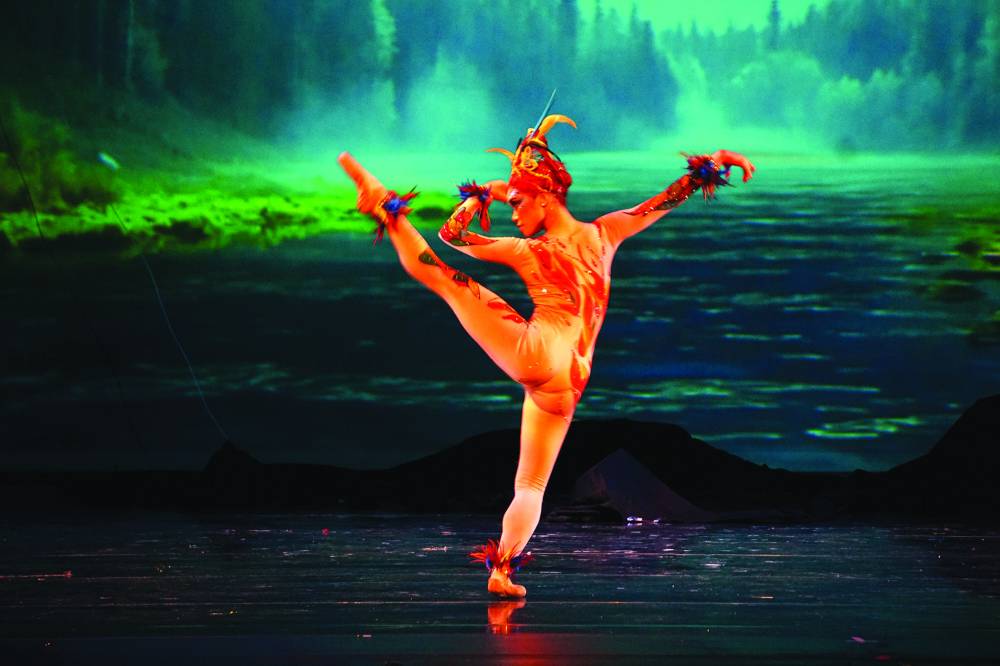
Live animation“Sarimanok” marks the second collaboration between Jaynario and composer Paulo Zarate, a veteran of film and television scoring. The ballet draws inspiration from the legend of Rajah Indarapatra, a ruler captivated by the Moon Goddess. As she resides in another realm, the Rajah’s lucky charm, the Sarimanok, a wooden rooster imbued with life from the Moon Goddess, carries him to the moon for their celestial union.
For the audience at the Samsung Performing Arts Theater, “Sarimanok” was a visual feast. The stage overflowed with a grand ensemble drawn from various dance schools. The stage was filled with a kaleidoscope of color in Maranao-inspired costumes, flowing scarves rippling and fans twirling with vibrance. The scenery came alive with animation depicting the moon’s descent, heralding the Moon Goddess’ arrival.
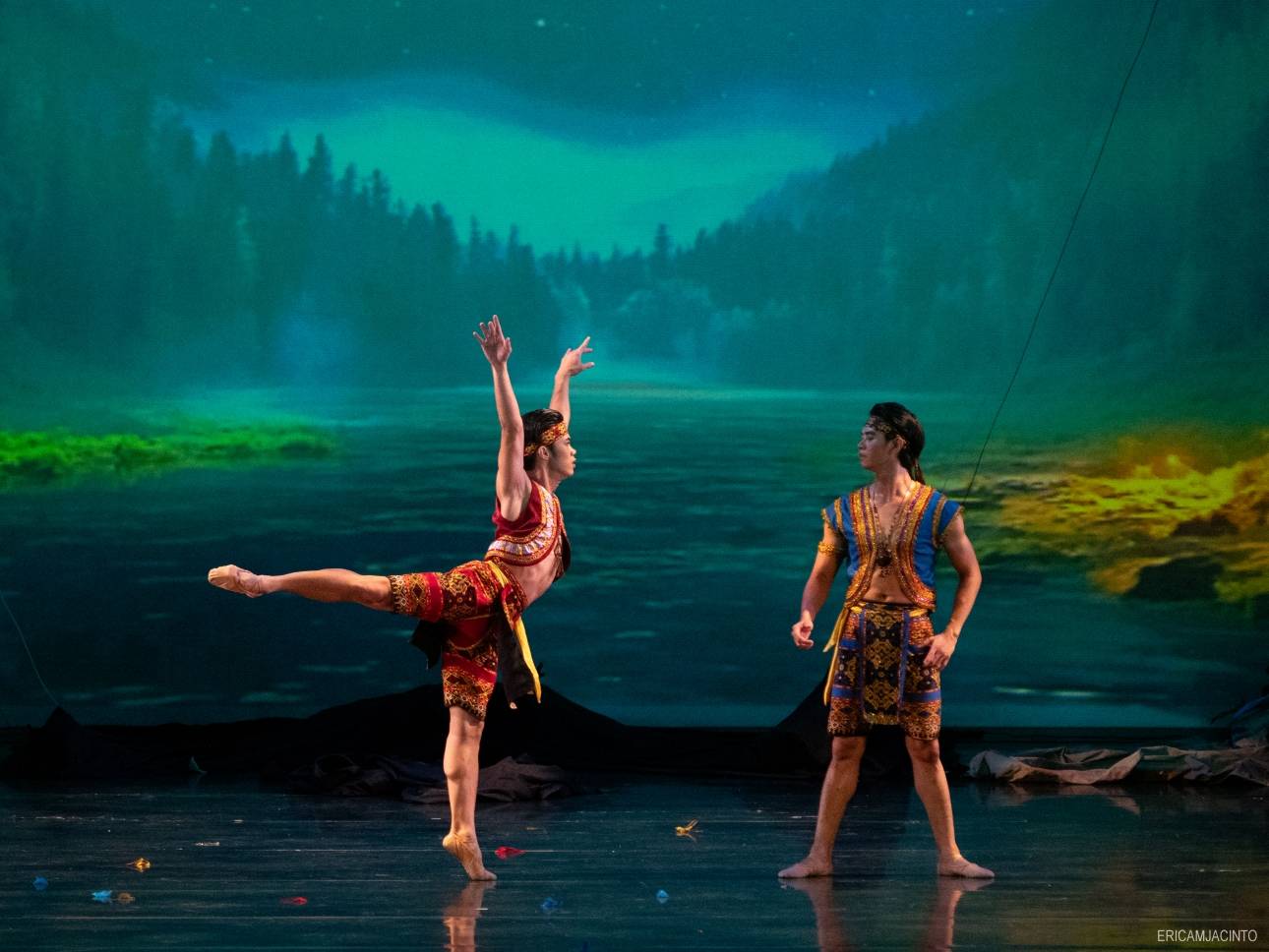
Zarate’s music propelled the narrative, leaving a lasting impression with its tender melodies during the romantic pas de deux. While the score neared perfection, some felt the extended palace and wedding festivities could have been tighter. The three fast-paced yet repetitive Maranao-inspired dances could do with variation in tempo and musical texture. Nevertheless, “Sarimanok” and its predecessor, “Ibalon,” stand as testimonies to the synergy between the composer and the choreographer.
Jaynario faced the challenge in working with dancers of varying technical abilities. Here, he echoed the formula used in “Ibalon”—a spectacle of pageantry blended with folk-inspired ballet and acrobatic duets. The boys, in particular, were pushed to their limits with an abundance of 540 jumps, a demanding leap that requires a full-body twist with legs fanning out in mid-air.
Singkil on pointe
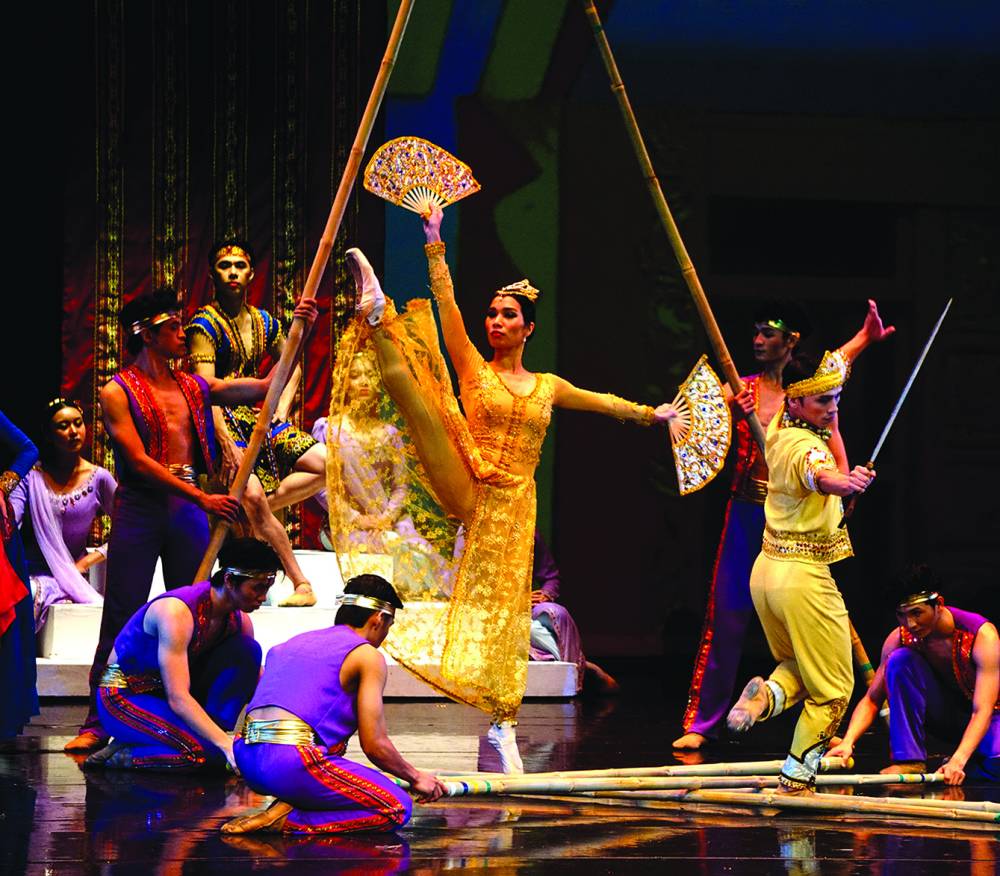
The opening palace celebration, however, struck a discordant note. The movement and music did not express the exotic Maranao theme. The action found its footing with the apir (royal fan) and malong dances, but the dancers’ bouncing bodies and hasty movements overshadowed the slow, regal earthiness characteristic of Maranao dances. The Singkil, with dancers gracefully navigating their pointe work across clapping bamboo poles, proved a crowd pleaser.
Act 1 culminated in a mesmerizing lake scene, a Maranao reimagining of “Swan Lake.” Rajah Indarapatra, portrayed by Matthew Davo, ventured to the lake with his brother Rajah Sulayman, played by Justine Orande, echoing the hunting expedition where Prince Siegfried encounters the Swan Queen.During rehearsal, Gabrielle “Gabbie” Jaynario showed potential as a lead dancer, but her technique and strength could still use some work. Transformed for the gala night, she embodied the otherworldly Moon Goddess. Her fluid arms and dramatic upper body lent credibility to the choreography. This ingenue unveiled a hidden facet—stage charisma and rapturous movements that transcended technical imperfections. Her soulful dance made the music seem an extension of herself.
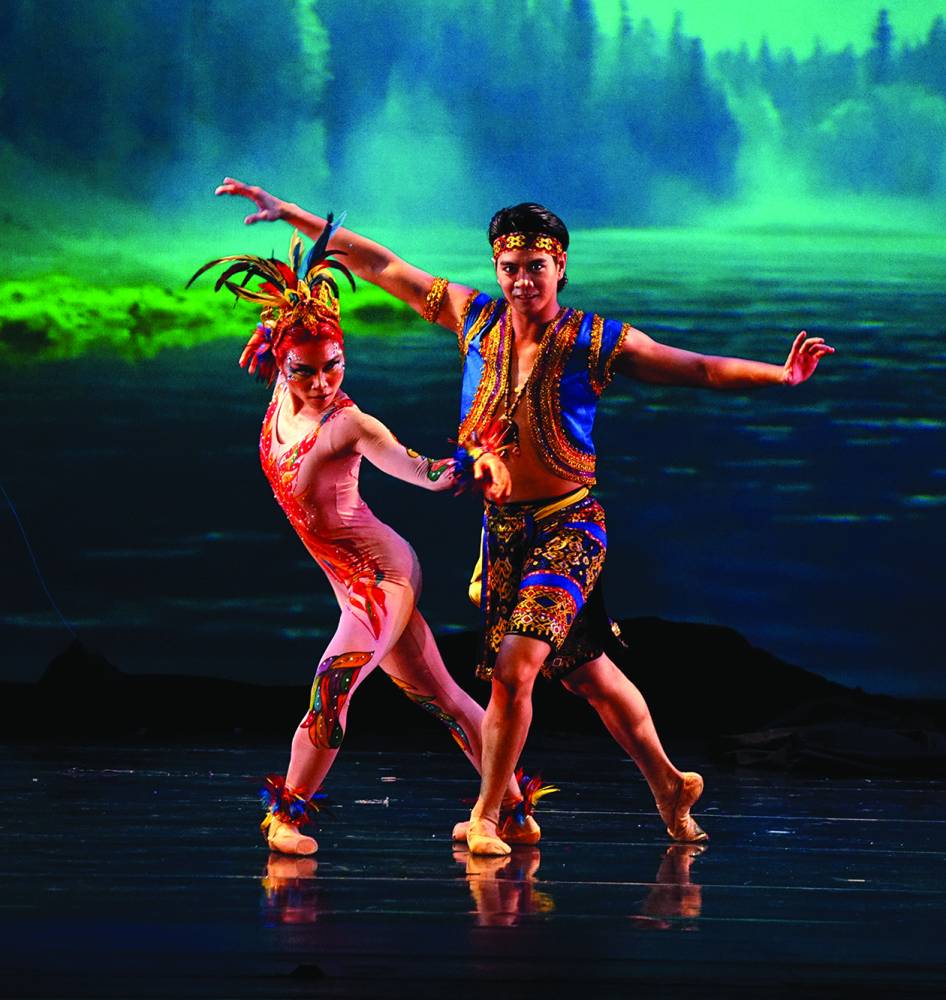
The difficult pas de deux between Davo and Gabbie flowed smoothly. Indarapatra’s pirouettes and cartwheels conveyed his excitement upon encountering the Moon Goddess. The overhead lift, with the Moon Goddess’ arms reaching toward the heavens, symbolized the triumph of love.
Raw energy
Act 2 unfolded with mounting action. The Sarimanok, masterfully portrayed by the petite yet powerful Jessa Tangalin, morphed from a woodcarving into a wild, magnificent bird. Her air-slicing leaps imbued her with a raw energy—a force of wildness. Tangalin is gifted in bringing out the choreographer’s intentions.
Davo, PBT’s de facto leading man, possesses charm. While not a natural dancer, his dedication shone through as he tirelessly delivered the demanding choreography. To his credit, he excelled in partnering, making both Tangalin and Gabbie appear weightless during lifts. Though his Rajah Sulayman was merely a sidekick to Rajah Indarapatra, Orande commanded the stage with his effortless athleticism and clean technique.
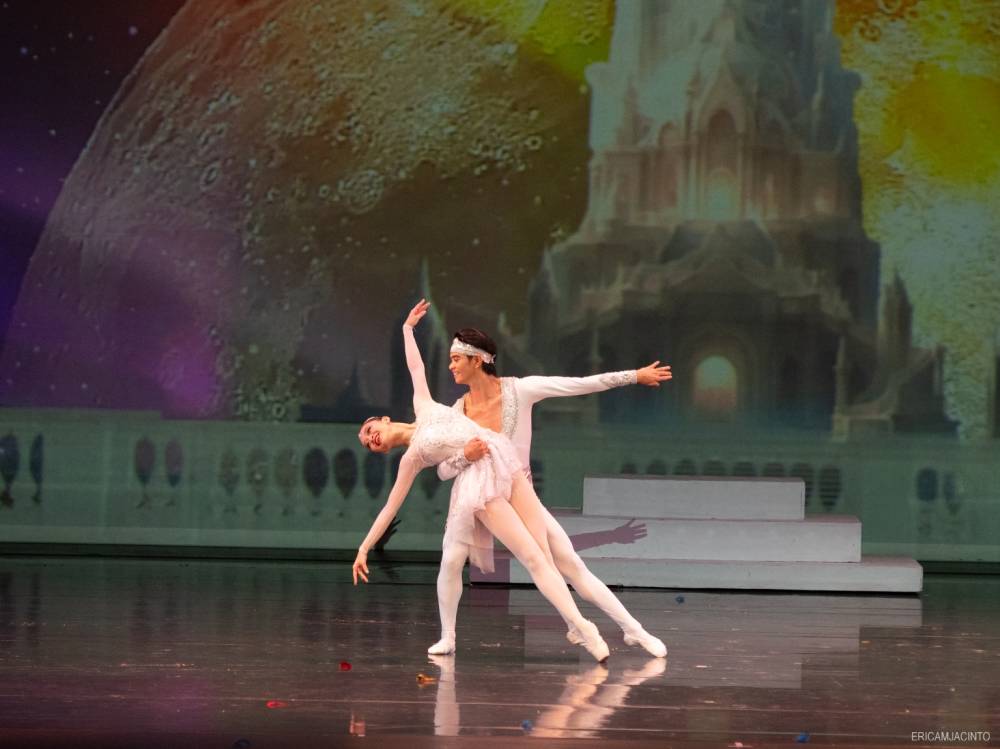
However, the brilliance of Jaynario’s choreography exhibited diminishing returns as the ballet progressed. The wedding scene’s lunar setting remained unclear to the audience, and the finale felt like an overstretched classroom exercise, repeating the movements from Act 1. While using students in the corps de ballet can be visually impressive, it can also detract from a sense of professional polish. Despite these shortcomings, the entire cast danced with infectious enthusiasm. The audience was captivated by the eye candy onstage.
While “Sarimanok” may not be without its flaws, it serves as a launchpad for future endeavors. The company’s dedication and the talent of its dancers bode well for their continued growth. —CONTRIBUTED INQ














































